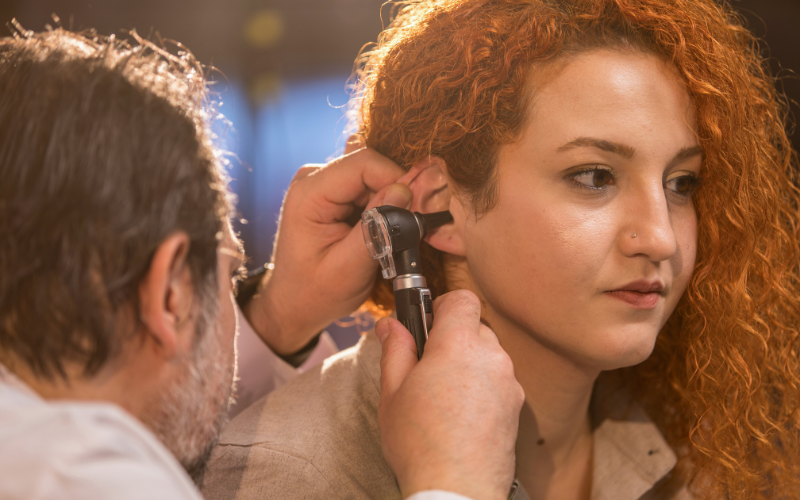4. Diagnosing PET: A Comprehensive Approach

The diagnosis of PET begins with a thorough assessment of symptoms. Doctors listen to patient descriptions of autophony, ear fullness, and other auditory disturbances.
A detailed medical history is also crucial. This includes any past ear infections, surgeries, or significant weight changes.
Physical examination of the ear, nose, and throat is the next step. Specialized tests may be conducted. These can include tympanometry to assess the middle ear function. Audiometry tests might also be used to evaluate hearing capabilities.
In some cases, imaging techniques like CT or MRI scans are employed. These help in ruling out other causes for the symptoms. They can provide a detailed view of the Eustachian tube and surrounding areas.
Diagnosing PET can be challenging. The symptoms often overlap with other ear conditions. Consistency in symptoms over time is crucial for an accurate diagnosis. The diagnosis is often a process of elimination, alongside careful observation of symptoms. (4)